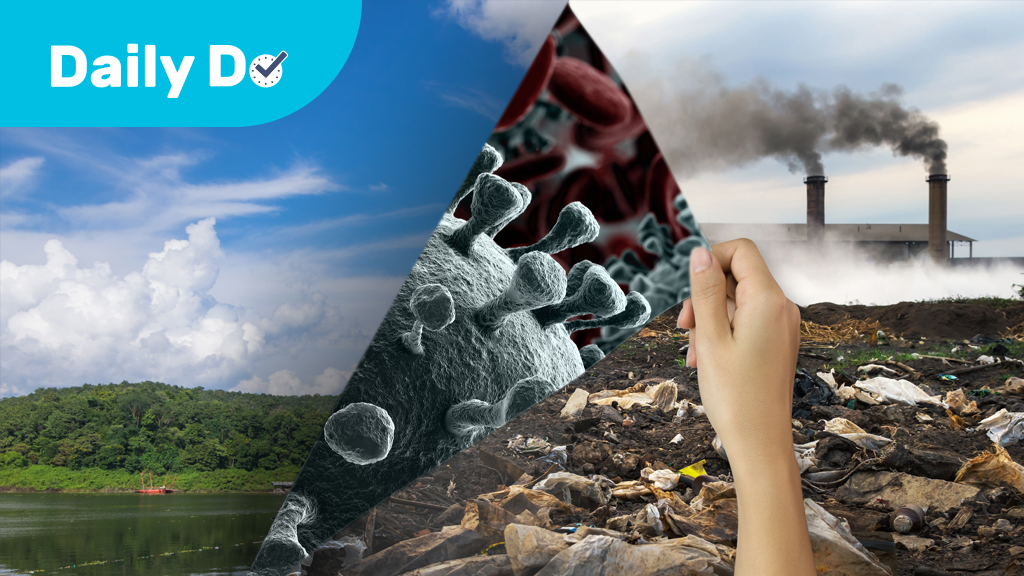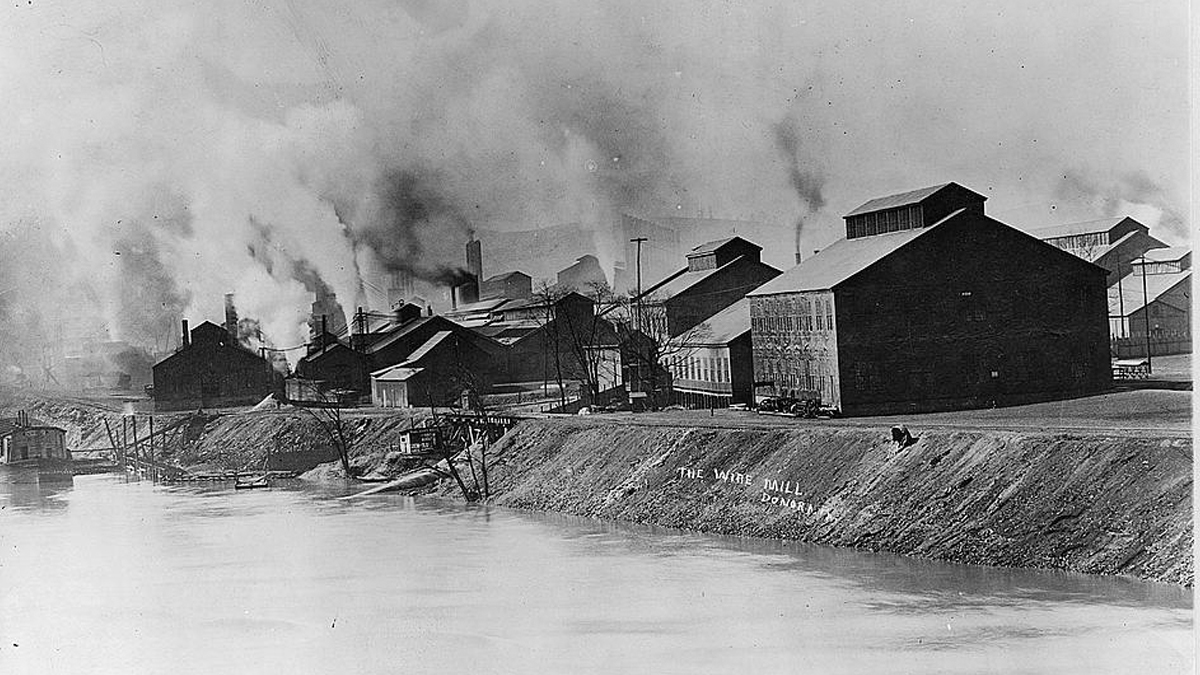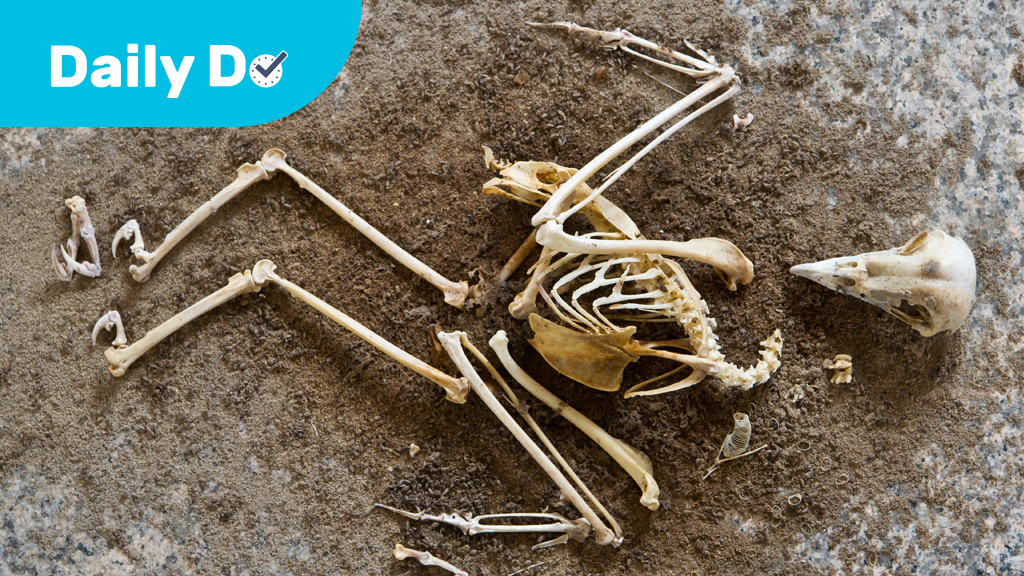Feature
Science in Socio-Scientific Issues
Teaching with a timeline activity
The Science Teacher—March 2020 (Volume 87, Issue 7)
By Jaimie A. Foulk, Patricia J. Friedrichsen, and Troy D. Sadler

Feature
From Surviving to Thriving
Teaching social emotional learning alongside the NGSS
The Science Teacher—March 2020 (Volume 87, Issue 7)
By Anna Bahnson, Jesse Wilcox, Jerrid Kruse, and Timothy Schou

Focus on Physics
Being Unique or Being Identical
The Science Teacher—March 2020 (Volume 87, Issue 7)
By Paul G. Hewitt
Reflecting on this week’s Daily Do
By Korei Martin
Posted on 2020-04-18
Right to the Source
The Origin of Federal Air Pollution Policy
Current Science Classroom
Pandemics
Commentary
Transgender Perspectives in the Biology Classroom
The Science Teacher—March 2020 (Volume 87, Issue 7)
By Elizabeth Hobbs
Informal Education | Daily Do
Why Is Our Fruit Turning Brown?

Middle School High School | Daily Do
How Does a Pandemic Cause Less CO2?






